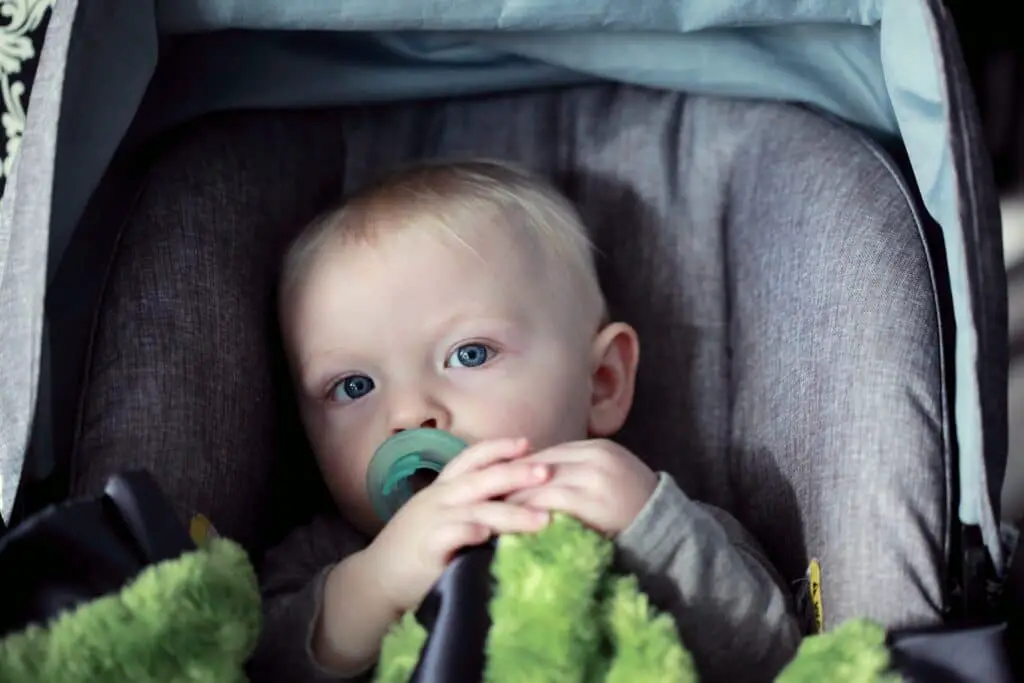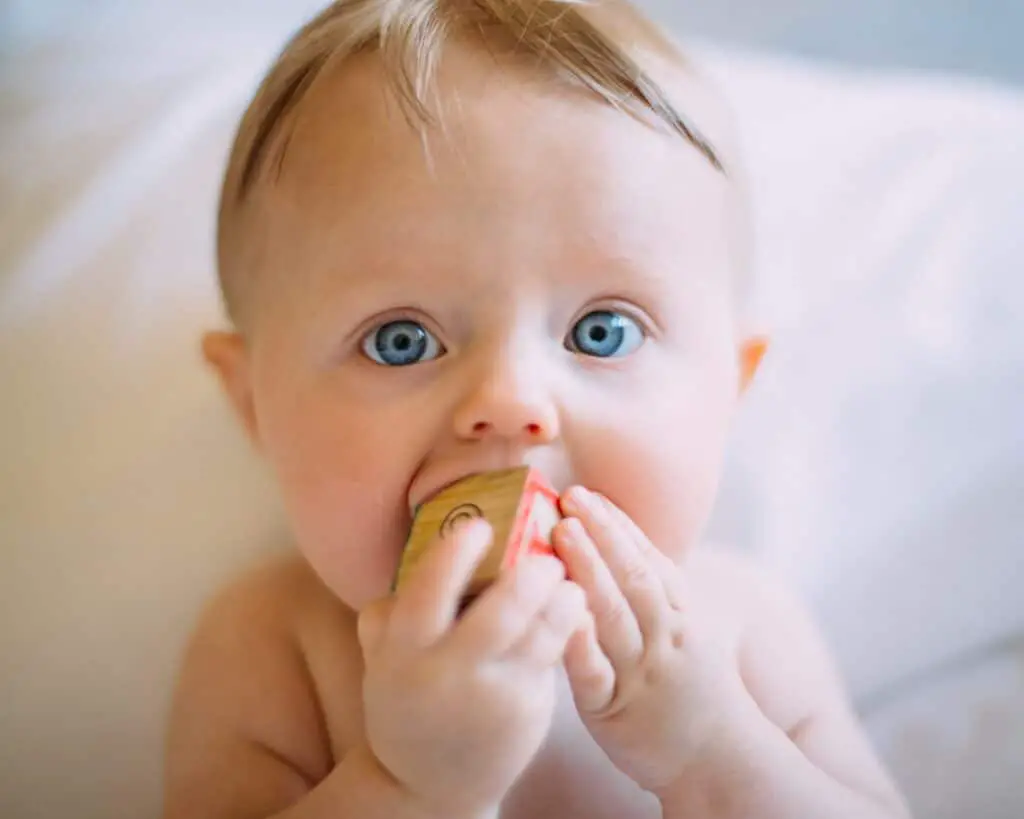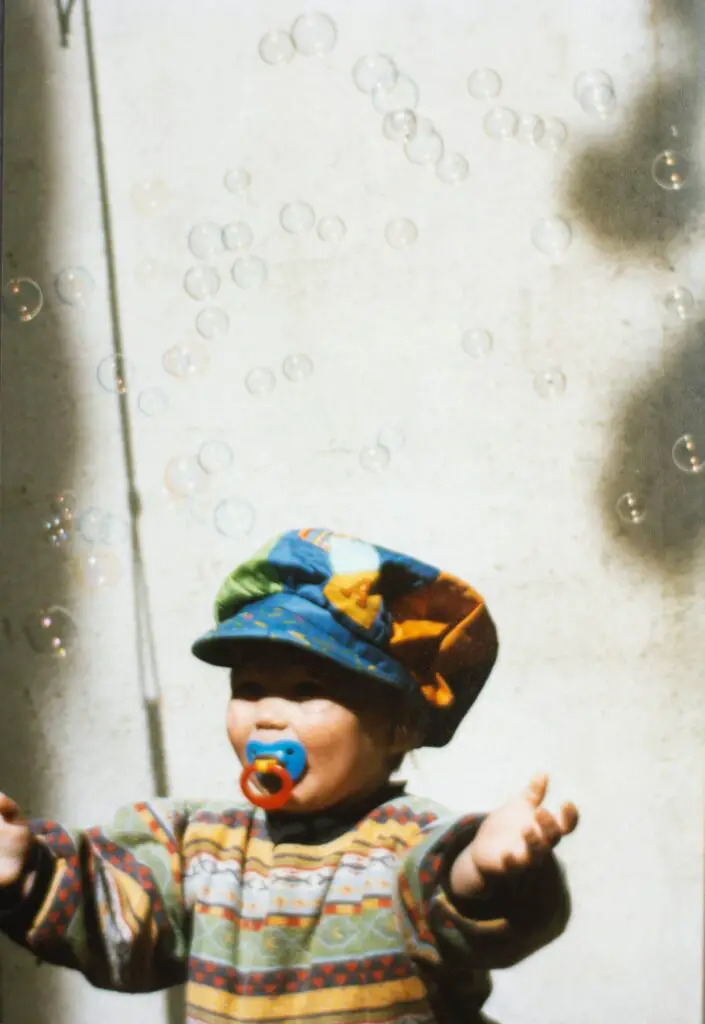Hate them or love them, but pacifiers have become an indispensable accessory for mother and baby. Whether you call them binky, paci, or soothie, pacifiers are known by different names and valuable for most parents. Nothing is frustrating like a fussy baby, and pacifiers have a way of soothing and calming them. Still, there are so many different types of pacifiers in the market, and knowing just which one to settle for can be challenging.
Pacifiers come in various designs, shapes, and sizes. There are round pacifiers with bell-shaped nipples and flat ones. Understanding which one of the two types of pacifiers is better is the first step towards making informed decisions when choosing a pacifier for your baby. This will help you focus on safety and your baby’s dental health and oral development.
Keep reading to understand which pacifier is better and why.
Why the Shape of Your Pacifier Matters
Thumb sucking is a self-soothing habit most babies adopt at an early age. This behavior has had numerous dental health consequences, such as irreversible overbite, which led parents to think of better alternatives to soothe their children.

One such alternative is the pacifier which is a safer and medically approved option for helping soothe children and improve sleep. However, some pacifiers have been recommended by doctors, while others have been discouraged. The orthodontic pacifier comes as a safer option that promotes your baby’s dental development and palate protection.
Another factor to consider when choosing a pacifier is introducing your baby to the device when you are breastfeeding. While pacifiers help soothe the baby after feeding to relax and even help them sleep, they may cause nipple confusion.
This happens when the baby is introduced to pacifiers early, where they develop a dislike for the bottle or mother’s breast. However, using the correct pacifier on your baby can eliminate this confusion.
Round Vs. Flat: Which One Should You Choose?
There are several different types of pacifiers in the market, but the most commonly used ones feature round or flat-shaped nipples. Additionally, pacifiers are made of various materials, such as latex, silicone, and plastic. The most significant difference being the shape and design of each paci.
However, pacifiers are typically divided into two categories called orthodontic and conventional pacifiers. The round-shaped pacifier has a nipple that is shaped like a tiny flattened ball. It generally falls in the category of a conventional pacifier.
The flat pacifier, on the other hand, features a flat bottom and rounded top. The flat pacifier is generally an orthodontic pacifier. Several studies show that orthodontic pacifiers are ideal for a baby’s palate and jaw development.

So, you can give your baby the binky they most prefer but be sure to take it all away when they have their second birthday to avoid dental problems. A pacifier being defined as orthodontic doesn’t mean you have to obtain them from the orthodontist.
The term only implies that the pacifier features a flat bottom nipple and is relatively square-shaped, a design imitating the shape of a mother’s breast nipple. Furthermore, orthodontic pacifiers also enable babies to thrust their tongue forward when sucking, the same motion they make when sucking milk.
Finally, both conventional and orthodontic pacifiers have three distinct components, which include the shield, nipple, and ring. Other one-piece models feature a single component generally made of latex, silicone, or soft rubber. The good thing with one-piece pacis is that they don’t develop cracks or damage where bacteria might breed. They also don’t detach easily since there’s little to no risk of choking.
So Which One Is Better Between Conventional Orthodontic Pacifiers?
As we have seen, round or flat-shaped pacifiers are more or less the same, the difference being in the shape of the nipple and the material. Any pacifier you use can serve the same purpose, which is soothing a fussy child. However, they can have different effects on the baby’s bite. According to the International Journal of Paediatric Dentistry, prolonged use of orthodontic and conventional pacifiers can cause malocclusion or misaligned teeth.
So when picking the ideal pacifier for your baby, safety and health should come first. If you are concerned about the effect a pacifier may have on your child’s bite or dental health, you might want to go with orthodontic pacifiers, which are less likely to cause such dental problems unless used past the recommended age.

In a study conducted by the Progress in Orthodontics, orthodontic pacifiers were found to be much less likely to cause open bites compared with conventional types. These findings were backed by the International Journal of Paediatric Dentistry, which suggests that conventional pacifiers have a higher likelihood to cause open bite and overjet or as buck teeth.
So if you’re wondering which pacifier to choose for your baby, consider your child’s health first and go for a pacifier that promotes the same, in this case, the flat-shaped or orthodontic pacifier.
How to Choose the Best Pacifier for Your Baby
When choosing the ideal pacifier for your baby, a pediatrician or family dentist can offer guidance and appropriate advice. However, here are a few factors to consider:
Pacifier construction:
According to the University of Rochester Medical Center, a pacifier should have a single piece without detachable parts, liquid interior, or any inbuilt components to promote safety.
Size:
Choose an age-appropriate pacifier. Also, ensure the size of the shield near the ring and nipple is proportional to the size of the pacifier. AAP recommends that the ideal shield size should be 1.5 inches in diameter to mitigate choking.
Design:
A pacifier that must be tied to the crib, baby’s neck, or hands is a dangerous object. Always go for safer, simpler designs.
Finally, if you have any questions or concerns about pacifiers and their impact on the oral development of your baby, you can seek guidance and recommendations from your family dentist or doctor. They are better placed to offer professional and safe insights.

I’m Cathrine and I’m a 39-year-old mother of 3 from Utica, New York. And I’m extremely happy you’ve come to visit my hide-out on the web. Here I post about everything related to family-life and usually it will involve babies and lessons I’ve learned over the years from experts, friends, and my own mistakes. So hopefully you will find what i write fun and informational!

